Whale Watching and Marine Science in Tenerife
BECAUSE YOU DESERVE TO UNDERSTAND WHAT YOU SEE
Get infected with our passion for the sea and our dedication to conserving it. Enjoy the marine environment in an authentic way. With Biosean it is not only to see, but also to observe, listen and understand the ecosystem. Our team of professional marine biologists and researchers will be always with you on board.
Enjoy the spectacular fauna of the ocean in a sustainable and respectful way
The marine environment of Tenerife is impressive, with a great biodiversity and a very wide fauna of whales and dolphins.
Did you know that here we have seen at least 25% of all cetacean species of the planet? The marine protected area where we work is the “Zona de Especial Conservación (ZEC) Teno-Rasca”, which is part of the Natura 2000 Network, and which was recently declared the first European “World Heritage Site for Whales” by the World Cetacean Alliance (WCA). This makes Tenerife one of the best places in the world to see these incredible animals.
A whale watching tour without a marine biologist guide and without a hydrophone to listen to their sounds, is an incomplete experience.
Also, excursions with Biosean are different for the following reasons:
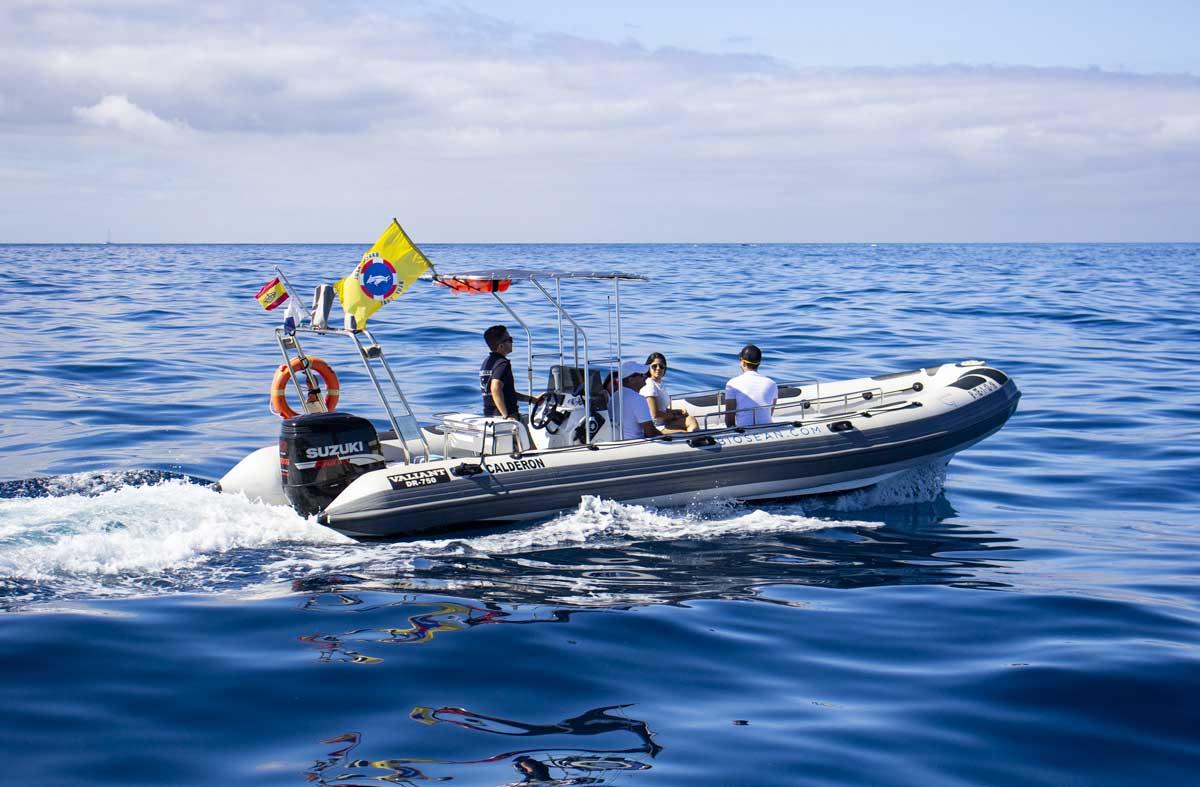
The ideal boat
In our 7.5-meter-long boat “Calderón” we have room for 10 passengers. The perfect size to carry out the tour in a personal atmosphere and in contact with the guide, so that everyone can hear the explanations on board. It is a stable, maneuverable, and non-invasive rigid inflatable boat (RIB), which allows a perfect and above all respectful interaction with marine fauna. Adapted and equipped with what is necessary for our activity and identified by the Tenerife Tourism Board with the distinctive ‘Blue Boat’ flag.
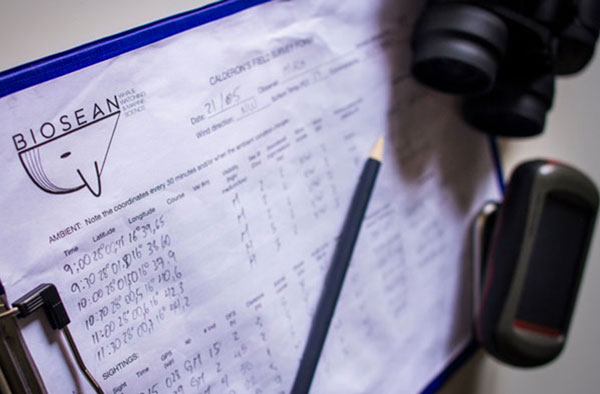
Contribute to science!
The data collected on our whale watching tours are made accessible and further processed through partnerships with various universities and research centers as well as for interns who often use them for their reports and theses. Our goal is to understand the marine fauna and to generate scientifically sound knowledge that is of crucial importance when it comes to conservation measures for species and marine protection.
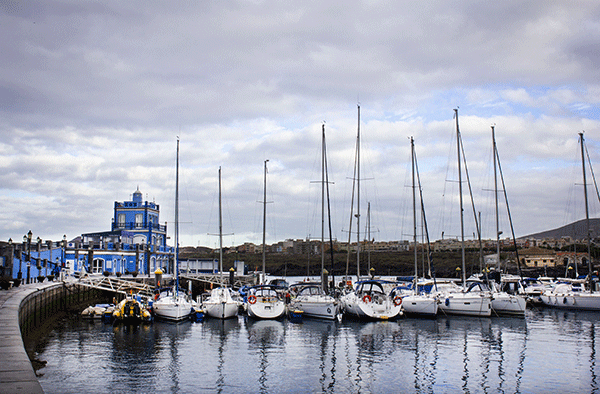
Our starting point? We are in Las Galletas
A picturesque fishing village in the south of Tenerife, with beautiful views, natural areas, beaches, cafes, and restaurants. Without mass tourism and parking problems, in a port with first class facilities.
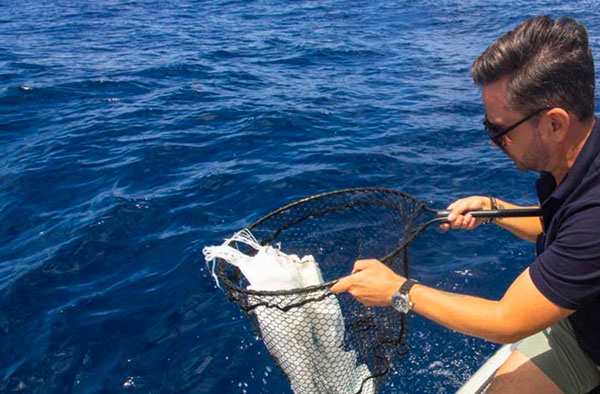
We protect the ocean and wish to contribute to its conservation
On each tour we collect solid waste. Recent studies reveal the presence of micro plastics in the feces of our pilot whales. We must not remain inactive in the face of this problem. The waste we collect represents death traps for local wildlife.
Book your unforgettable experience here!
BOOK HERE
Something you don’t want to miss!
A good combination of knowledge, passion, and conservation. Your contribution to sustainability.
We’ve already told you about our philosophy: it’s not about seeing whales and dolphins just to see them, it’s about more. A boat trip with us also is:
Observe
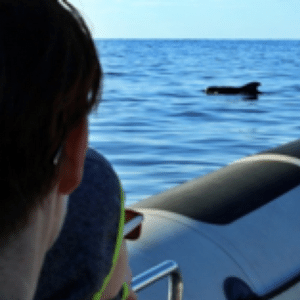
Listen
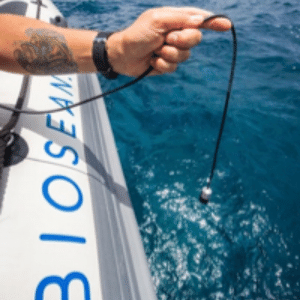
Understand
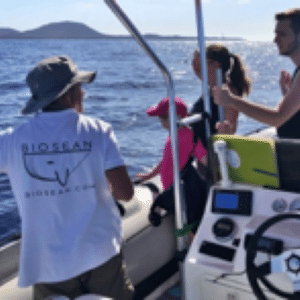
Investigate
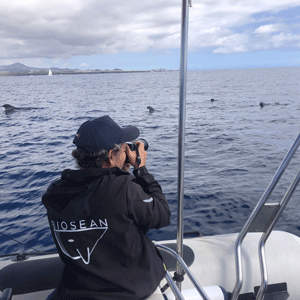
Protect
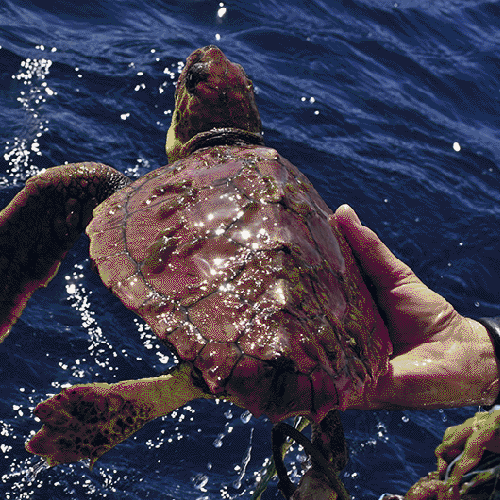

Very small groups: forget about mass tourism

100% personalized attention. Drinks included
